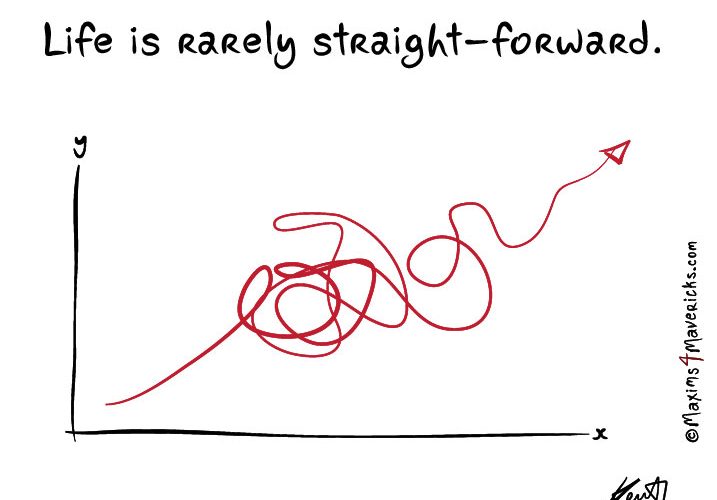Hello everyone,
I hope you have enjoyed a good holiday weekend. Save your energy, because it is a long road until Thanksgiving break. There is already a cold bug making its way through the School of Music, Theatre, and Dance at CSU, so do remember to take care of yourselves!
I mentioned in my last post about wearing a lot of hats as a musician and teacher. Allow me to give you some of my background and how I got to Colorado State University.
I grew up in the Detroit area, and started playing viola in fifth grade. I am forever grateful to my public school teachers and my private teacher for helping me set goals, work hard, and always learn. My undergraduate degree is from Indiana University; even though it is a huge music school, learned so much about practicing, hearing great performances, and making life-long friends. My private teacher was a violist in the Detroit Symphony, and that was my goal-to have the skills to audition and play in an orchestra. That is a blog post all by itself, but let me just say it was practicing 6-8 hours a day, and even when I felt I played well, I didn’t always get the job. I moved back to Detroit and did a lot of free-lancing and did get a job with a semi-professional orchestra of U.S. and Canadian players. One part of the job was establishing a violin/viola studio on the U.S. side, to complement a large program in Canada. I had done some teaching, and worked with Mimi Zweig at IU, but to be honest, I wasn’t sure I had the patience to be a teacher. But, it was an opportunity, so I took the job. It was a lot of work, but I discovered that I really enjoyed it, helping students learn, and getting to know them.
I was there for three years, and then went to the University of Wisconsin-Milwaukee for my Master’s and a Certificate from the Chamber Music Institute. Chamber music had been a part of my life since high school, but as an undergraduate, I didn’t even think of that option for a career. (Hint-keep your options open!). I came to Colo. in 1985 to join the Da Vinci Quartet, in residence at the University of Denver and Colorado College. The quartet became a non-profit two years after I joined, which was a huge learning curve about non-profit work. I realized that I really needed to have non-musical skills as well as the musical ones! For a time I was in charge of the budget for the organization, and then took over the job of booking concerts. We played concerts in the U.S., competed in the Shostakovich International Quartet Competition in 1991 (the year that the Soviet Union dissolved), and recorded. And we rehearsed-sometimes as much as four hours a day. I also starting building a private studio.
In 2004 I was invited to teach at Colorado State University, and for eight years I was commuting from Colorado Springs once a week for several days; I am grateful to one of my colleagues who let me stay with her. Remember the hats I mentioned? All the work I did as a member of the Da Vinci Quartet served me well in managing my time, planning my teaching, and having the opportunities to travel and perform or present at conferences. I also realized that all arts students need those extra-musical skills I just mentioned-everything from writing a cover letter and putting together a resume, to finding collaborators for a project, to developing programs for underserved populations, and many more besides. That lead to planning what is now the LEAP Institute for the Arts (Leadership, Entrepreneurship, Arts Advocacy, and the Public), for which I am the undergraduate coordinator. Plus, I am also the coordinator of CSU’s graduate quartet program, which brings in students from the U.S. and abroad. It’s been a rewarding experience to share my 18 years of quartet life with them.
So the hats: I am a teacher, a performer, an adviser, a coach, and member of several committees. If you’re wondering how I balance it all, you’d be right in thinking that it’s a challenge. Some days are better than others, and the beginning of the semester seems to bring some kind of problem that I had anticipated, and so didn’t plan for it. The most challenging part right now is keeping on top of my recital program, which is on Sept. 18.
Think about the hats you may be wearing as a musician after you graduate. Besides your love of music and performing, what else gets you excited? Is it teaching, either public or a private studio? Is it orchestral playing? Is it starting a non-profit or your own chamber group? The time to start thinking about this is now, not after you graduate.
Next time the topic will be planning, with some tips for how to create your own success map, sprinkled with some tales of my own.
See you all in a few weeks.
Margaret Miller


